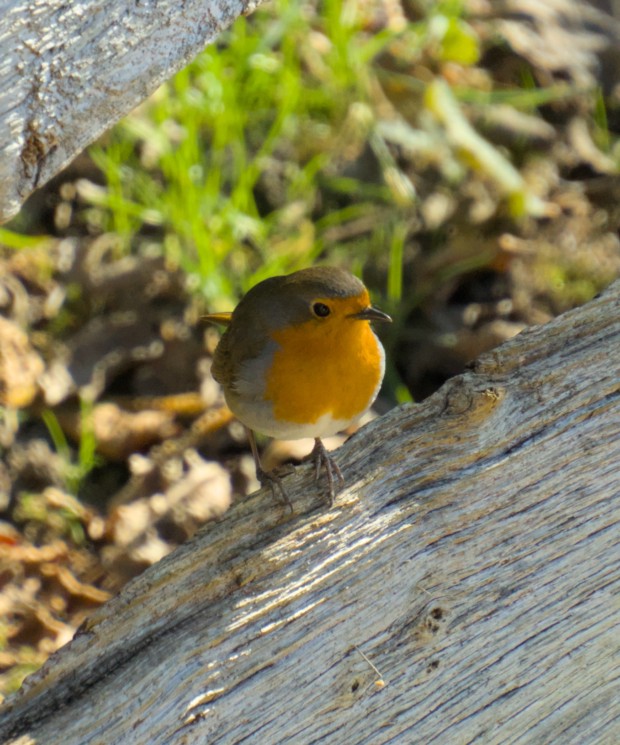Published:
2025-04-21
Servings: 2 Laibe
,
Prep Time:
3 Stunden, 30 Minuten Arbeit
Ingredients
550g Weizenmehl 550
430g Wasser
20g Olivenöl
15g Salz
10g Frische Hefe (oder 1/2 Packung Trockenhefe)
Instructions
Schnelles Ciabatta das ich spontan zum grillen gebacken habe. Mengen basieren auf Plötzblog: Ciabatta mit Sauerteig .
Hefe in Wasser auflösen
Alle Zutaten mischen und kurz kneten
In einer Schüssel gehen lassen und alle 30 Minuten dehnen und falten bis sich das Volumen verdoppelt hat
Ofen auf 250°C vorheizen
Teig auf einer gemehlten Fläche teilen und zu zwei Laiben formen
15-20 Minuten backen
#brot #backen
Published:
2025-04-03
★★★★☆
Starfish
by
Peter Watts
Read this as it's from the same author as Blindsight . Has some intriguing elements, but came not close to other novels of Peter Watts i read.
Published:
2025-04-03
★★★★★
Blindsight
by
Peter Watts
Cannot recommend this enough! This is one of the novels I often have to think of and read multiple times.
#scifi
Published:
2025-04-03
Reply to: https://www.mollywhite.net/micro/entry/east-of-eden
Absolutely agree. There are many books I rated 5/5 because. I enjoyed them and would definitely recommend them to anyone asking. But then their are books which changed my way of thinking or world perspective. They need their own rating. A "this goes up to eleven!".
Published:
2025-03-29
#photography #bird #nature
Published:
2025-03-29
#photography #bird #nature





